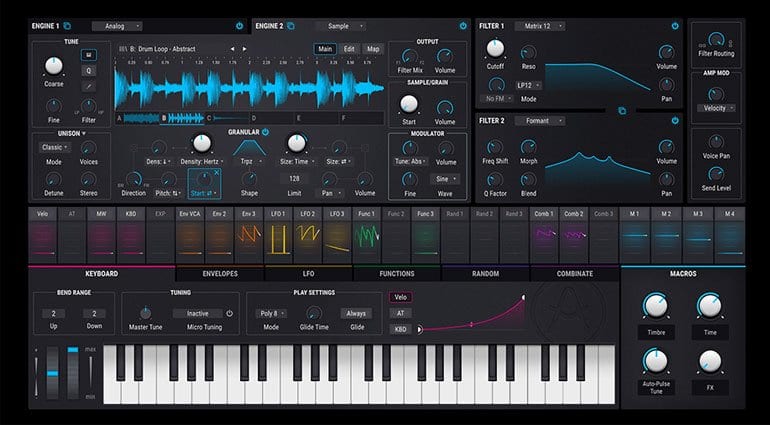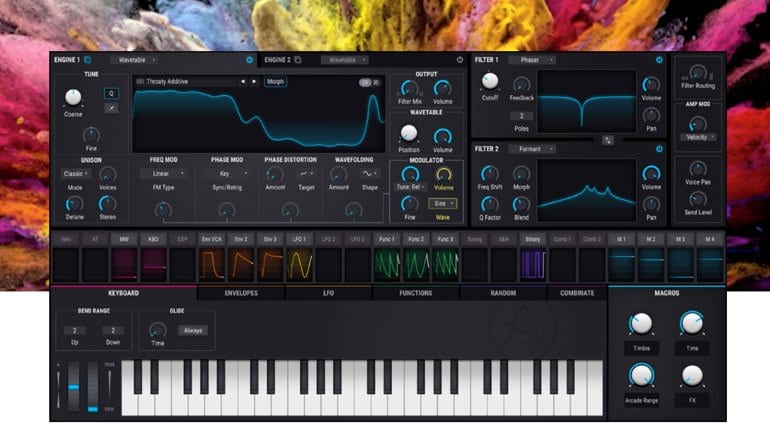


There are 4 distinct engines inside Pigments that provide the core sound of each patch, and you can combine 2 different engines per sound. One other interesting aspect of the interface is how it works inside the Librarian, which follows Arturia’s newest software – there is a big patch list, that can be filtered in different categories, and each sound displays the 4 Macros controls and a small description of how to use each preset. It’s a beautiful design, combining different colors and you can “see” (animation) what you’re doing within each module displayed on the Synth page. The original theme is dark and has excellent contrast, with everything clearly readable. I’ll begin describing the interface and usability, then a passage thru the synth engines, and then to modulations and effects, while also evaluating other aspects such as ease of use and CPU hit.Īt first glance, you get a nice looking and clean interface.


The first to do when you try to review something a deep as Pigments surely is, you have to organize things. It is immense in terms of what you can do and I’d say it is on par with other behemoth synthesizers like Falcon and Omnisphere. Pigments is a virtual synthesizer that combines 4 different synth engines as its core sound, coupled with several filters, modulations and effects options in a single environment. I’ll try to keep things resumed, but with something as big as it is, it might be a problem. Pigments is one of those software synthesizers that is powerful enough to produce pretty much anything you might expect when it comes to synthetic (and even realistic) sounds, with a comprehensive and accessible interface that only adds to whole package. In 2018 they’ve finally made the incursion into something other than emulating older gear and creating something entirely new and inspiring – this was the release of Pigments, which has been updated and improved continuously since then. For a long time they’ve been making excellent ports on synthesizers from the past into the VST realm and several improvements were brought to life in pretty much all of Analog V Collection versions. Arturia is probably one of the most known companies when it comes to synthesizers, both software and hardware.


 0 kommentar(er)
0 kommentar(er)
